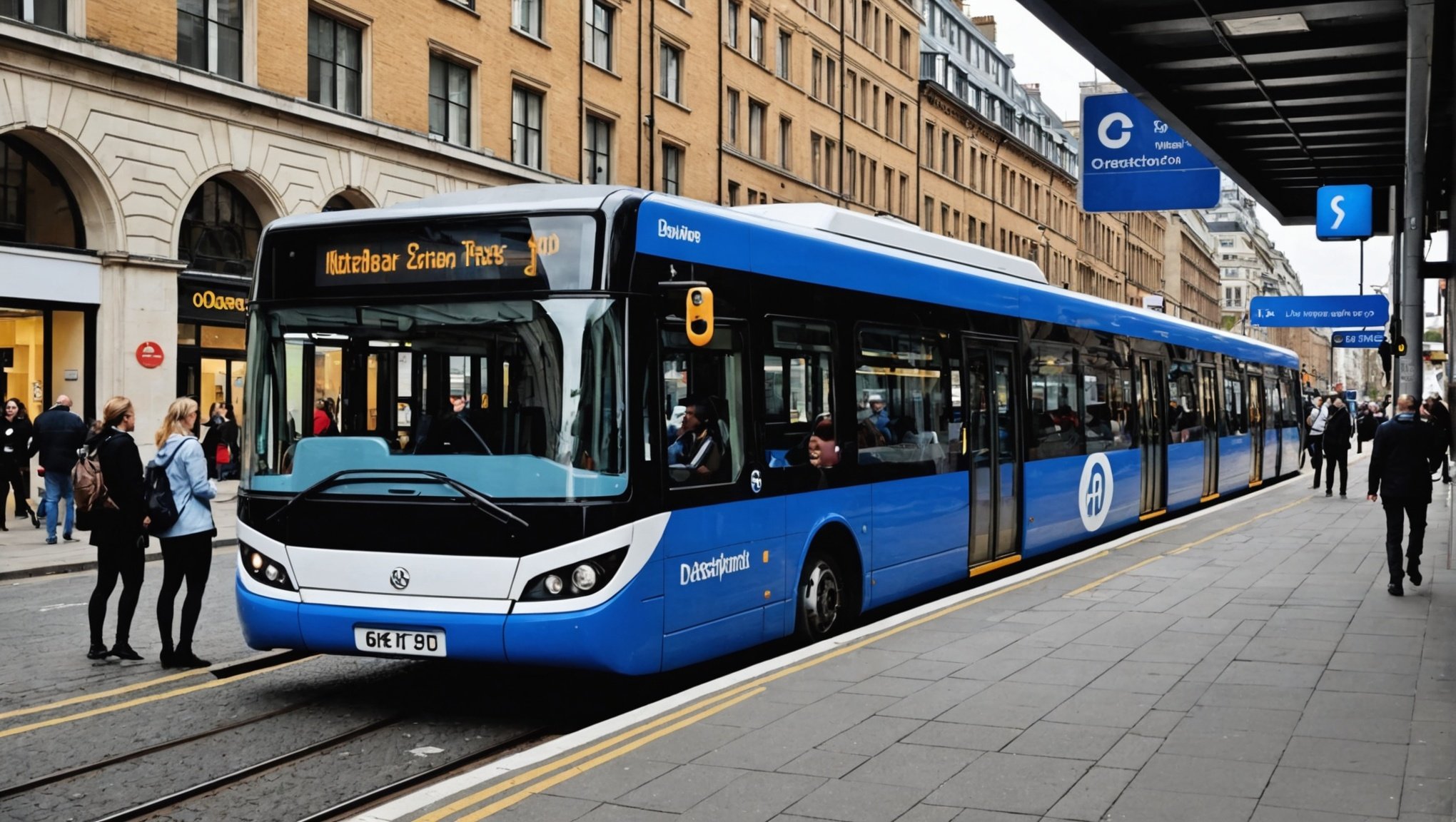As the world increasingly embraces technology, the transportation industry stands at the forefront of innovation. One of the most promising advancements is the integration of artificial intelligence (AI) into public transportation systems. This article explores how AI can transform UK public transport systems for route optimization and improve the overall passenger experience.
Harnessing Data for Smarter Transport Systems
In the modern age, data is often considered the new oil. When it comes to public transport systems, the collection and analysis of real-time data from various sources can provide critical insights. From traffic flow to passenger numbers, data forms the backbone of an efficient transportation system.
Also to read : What Role Does AI Play in Enhancing UK Customer Loyalty Programs?
Incorporating Real-Time Data
Real-time data is essential for making informed decisions about route optimization. This data can be gathered from numerous sources, including vehicle GPS systems, traffic sensors, and even social media platforms. By harnessing this data, transport authorities can gain a dynamic understanding of the current state of traffic flows, enabling quicker and more effective decision-making.
AI algorithms can process these data sources and provide actionable insights. For instance, if an unexpected traffic jam occurs, the system can immediately recommend alternative routes to public transport vehicles, minimizing delays and improving service punctuality.
Also to see : How Are UK Hospitals Using Robotics for Surgical Precision and Safety?
Predictive Analytics
Beyond real-time adjustments, AI also excels in predictive analytics. By analyzing historical data, AI can forecast potential issues and suggest preemptive actions. For example, during major events or holidays, predictive models can anticipate increased passenger numbers and adjust the number of vehicles accordingly. This kind of proactive approach can drastically reduce congestion and improve the overall efficiency of the public transportation system.
Enhancing Traffic Management Systems
Effective traffic management is crucial for the smooth operation of public transport systems. Traditional traffic management methods often rely on reactive measures, which can lead to inefficiencies. Integrating AI can revolutionize traffic management by enabling more proactive and intelligent solutions.
Machine Learning for Traffic Flow
Machine learning algorithms can analyze patterns in traffic data to optimize traffic signal timings and manage traffic flow more effectively. By learning from past traffic conditions, these algorithms can predict and mitigate congestion before it occurs. This means public transport vehicles like buses can enjoy smoother journeys, leading to better adherence to schedules and happier passengers.
Smart Traffic Control
AI-driven traffic management systems can also adapt in real-time to changing conditions. For example, if a traffic accident occurs, the system can immediately reroute public transport vehicles to avoid the affected area. This not only reduces delays but also enhances safety for both passengers and drivers. The integration of autonomous vehicles into the public transport system can further enhance this adaptability, as these vehicles can communicate with each other and the central traffic management system to optimize their routes dynamically.
Improving Passenger Experience
A key objective of public transport systems is to provide a seamless and efficient experience for passengers. AI can play a significant role in enhancing the overall passenger experience by offering personalized and timely information.
Real-Time Information Services
Passengers often rely on timely updates to navigate the public transport system efficiently. AI-powered systems can provide real-time information about bus arrival times, route changes, and potential delays. This information can be disseminated through various channels, including mobile apps, websites, and even digital displays at bus stops. With accurate and up-to-date information at their fingertips, passengers can make informed decisions and better plan their journeys.
Enhanced Safety and Security
Safety is paramount in public transportation. AI can contribute to safer journeys by monitoring CCTV footage using computer vision technology. This enables the detection of suspicious activities or potential threats in real-time, allowing for immediate intervention. Furthermore, AI can improve the reliability of safety equipment and systems through predictive maintenance, ensuring that buses and trains are always in optimal condition.
The Role of Autonomous Vehicles
Autonomous vehicles represent the future of public transport. While still in the experimental stages, these vehicles have the potential to revolutionize the transportation industry by offering numerous benefits.
Efficient Route Optimization
One of the most significant advantages of autonomous vehicles is their ability to optimize routes dynamically. These vehicles can communicate with the central traffic management system and with each other, sharing information about traffic conditions and potential obstacles. This allows for real-time route adjustments, minimizing delays and improving overall efficiency.
Reduced Human Error
Human error is a common cause of accidents and delays in public transport systems. Autonomous vehicles eliminate this risk by relying on advanced AI algorithms and sensors to navigate the roads. This not only enhances the safety of passengers but also ensures that schedules are adhered to more reliably.
Cost Savings
While the initial investment in autonomous vehicles may be high, the long-term cost savings can be substantial. These vehicles can operate around the clock without the need for breaks, reducing labor costs. Additionally, the precise control allowed by AI can lead to better fuel efficiency and reduced wear and tear on the vehicles, further lowering operational costs.
Implementation Challenges and Considerations
While the benefits of AI in public transport systems are evident, there are several challenges and considerations that need to be addressed.
Data Privacy and Security
The collection and analysis of real-time data raise important concerns about data privacy and security. Transport authorities must ensure that passenger information is protected and that data is used responsibly. Implementing robust cybersecurity measures and adhering to data protection regulations are crucial in maintaining public trust.
Infrastructure Requirements
The successful implementation of AI in public transport systems requires significant infrastructure investments. This includes upgrading traffic management systems, installing sensors, and ensuring that vehicles are equipped with the necessary technology. While these investments may be substantial, the long-term benefits in terms of efficiency and cost savings can justify the expenditure.
Public Acceptance
The introduction of AI and autonomous vehicles into public transport systems may face resistance from the public. Passengers may have concerns about safety, reliability, and job displacement. To address these concerns, it is essential to engage with the public and provide clear information about the benefits and safety measures associated with AI and autonomous technologies.
AI has the potential to revolutionize UK public transport systems through route optimization, enhanced traffic management, and improved passenger experiences. By leveraging real-time data, predictive analytics, and machine learning, transport authorities can create a more efficient and reliable public transportation system. Additionally, the integration of autonomous vehicles promises further enhancements in route optimization and safety. While challenges exist, addressing these issues through careful planning and public engagement can pave the way for a smarter and more efficient public transport system in the UK. In doing so, AI will not only transform the transportation industry but also improve the daily lives of countless passengers.






